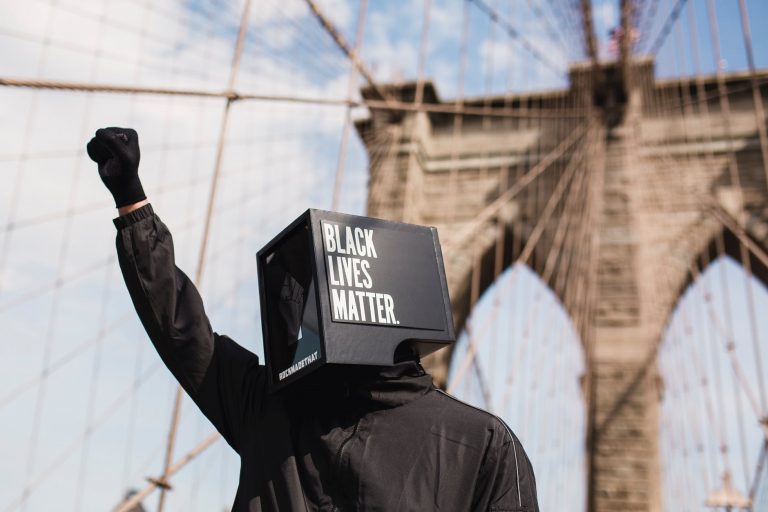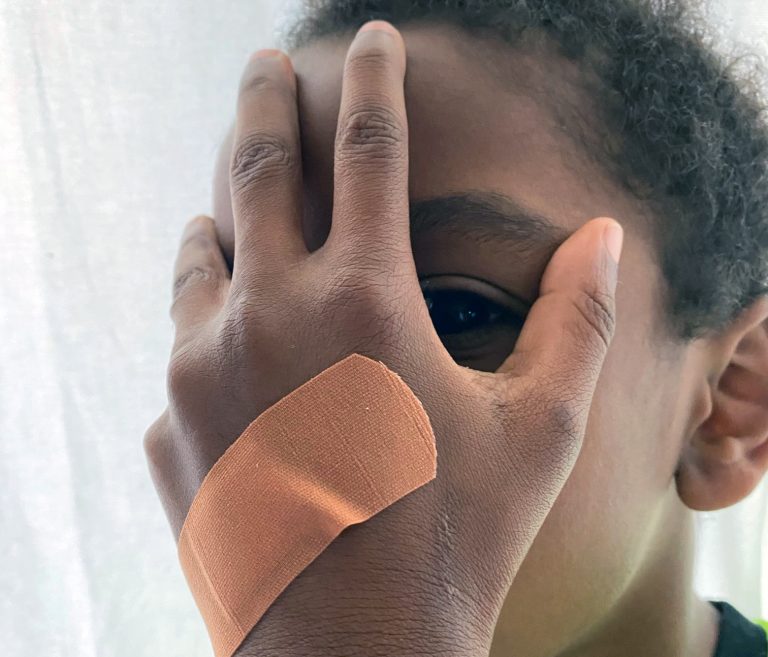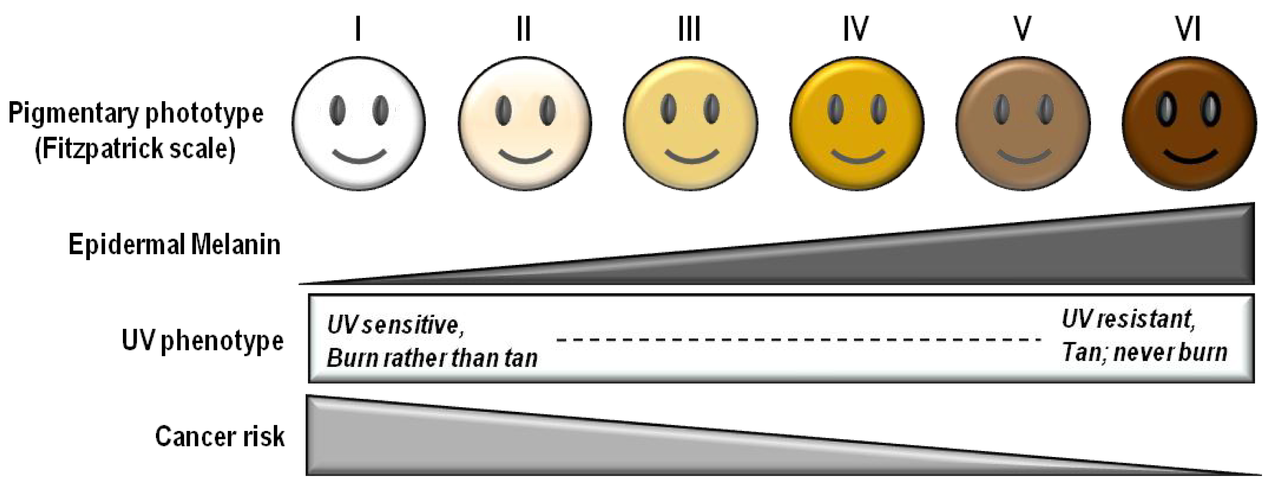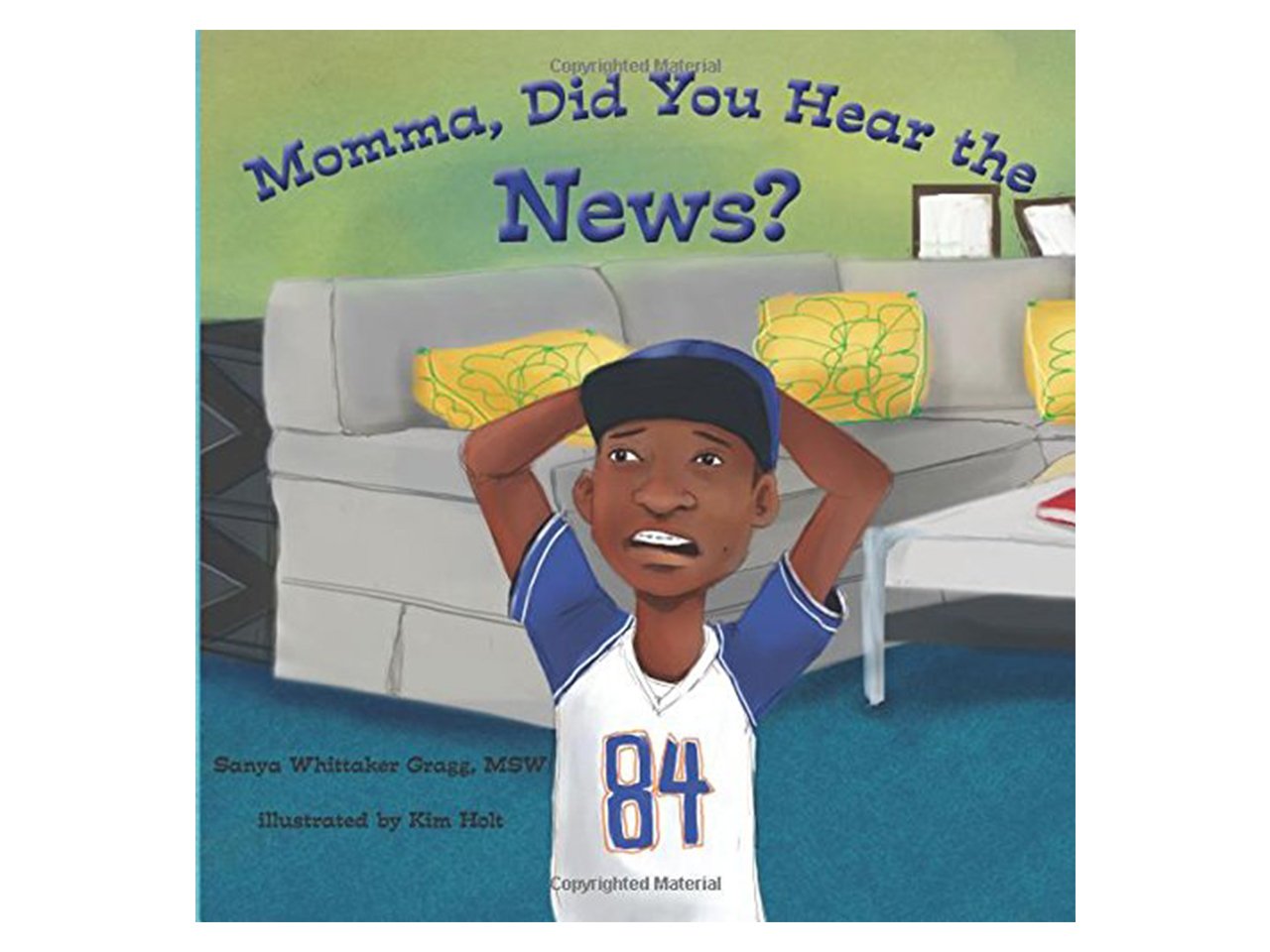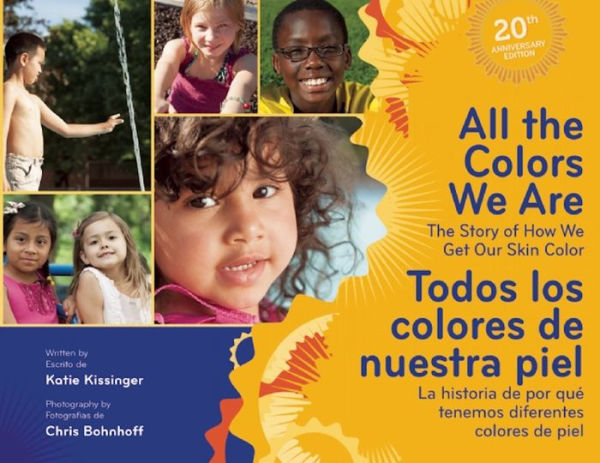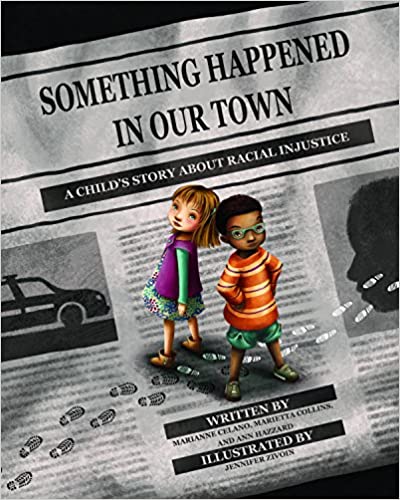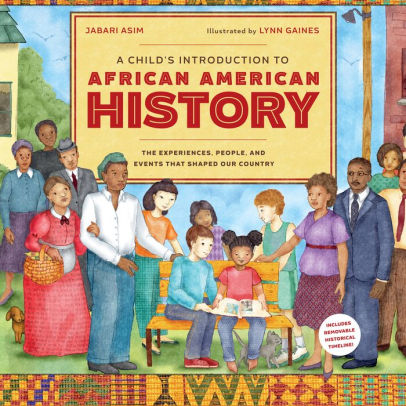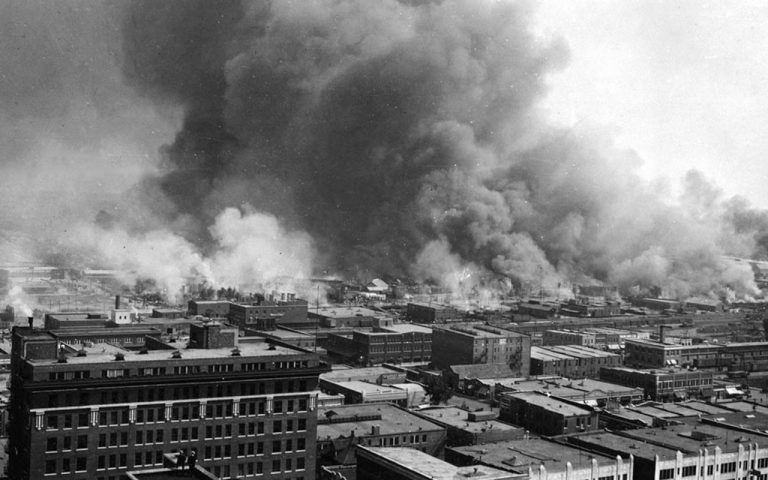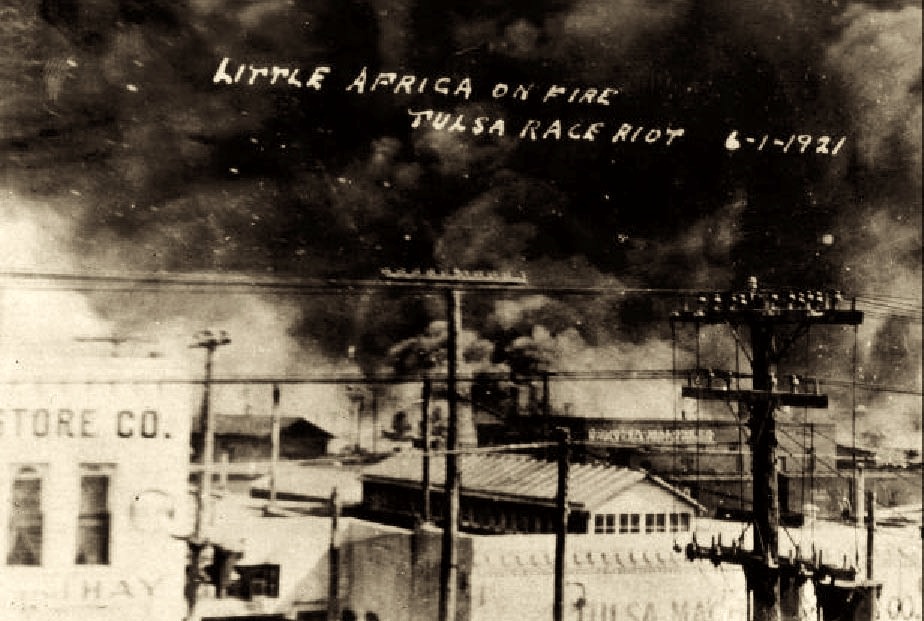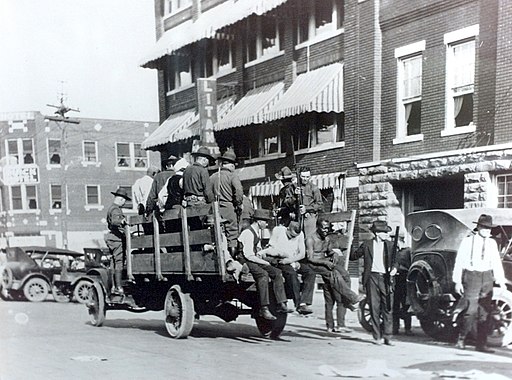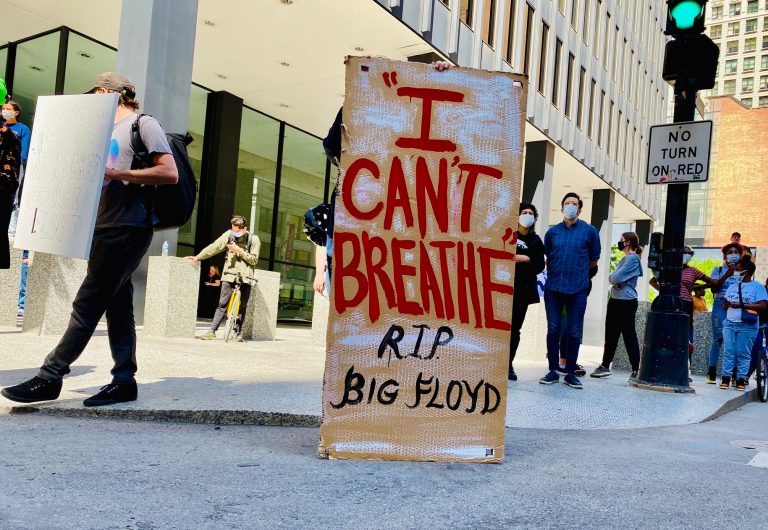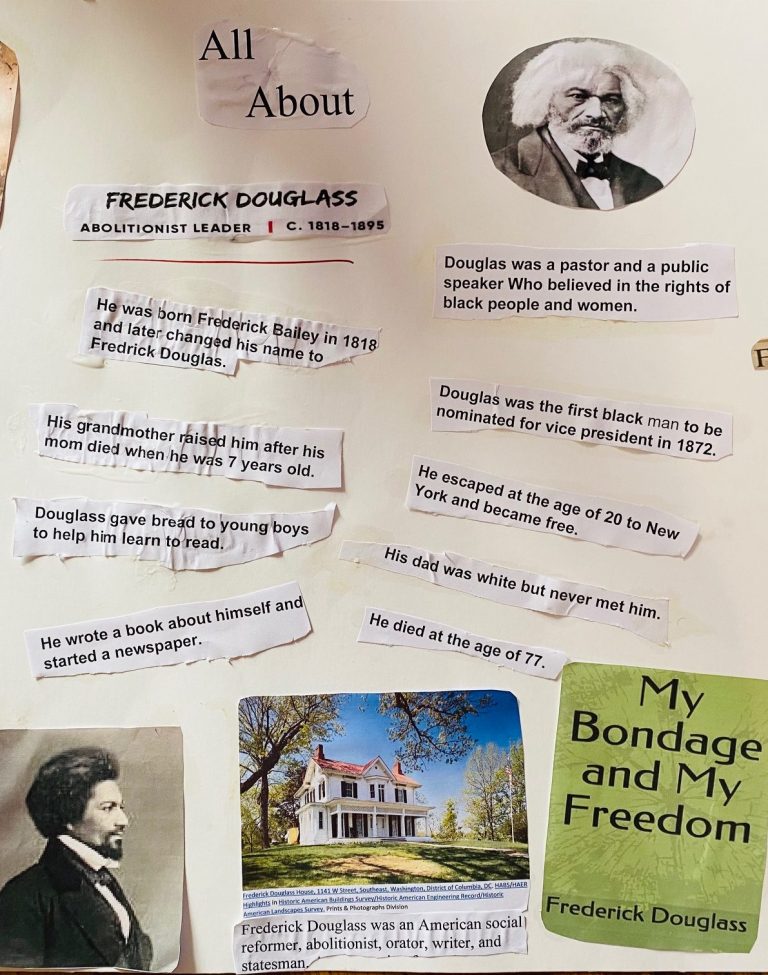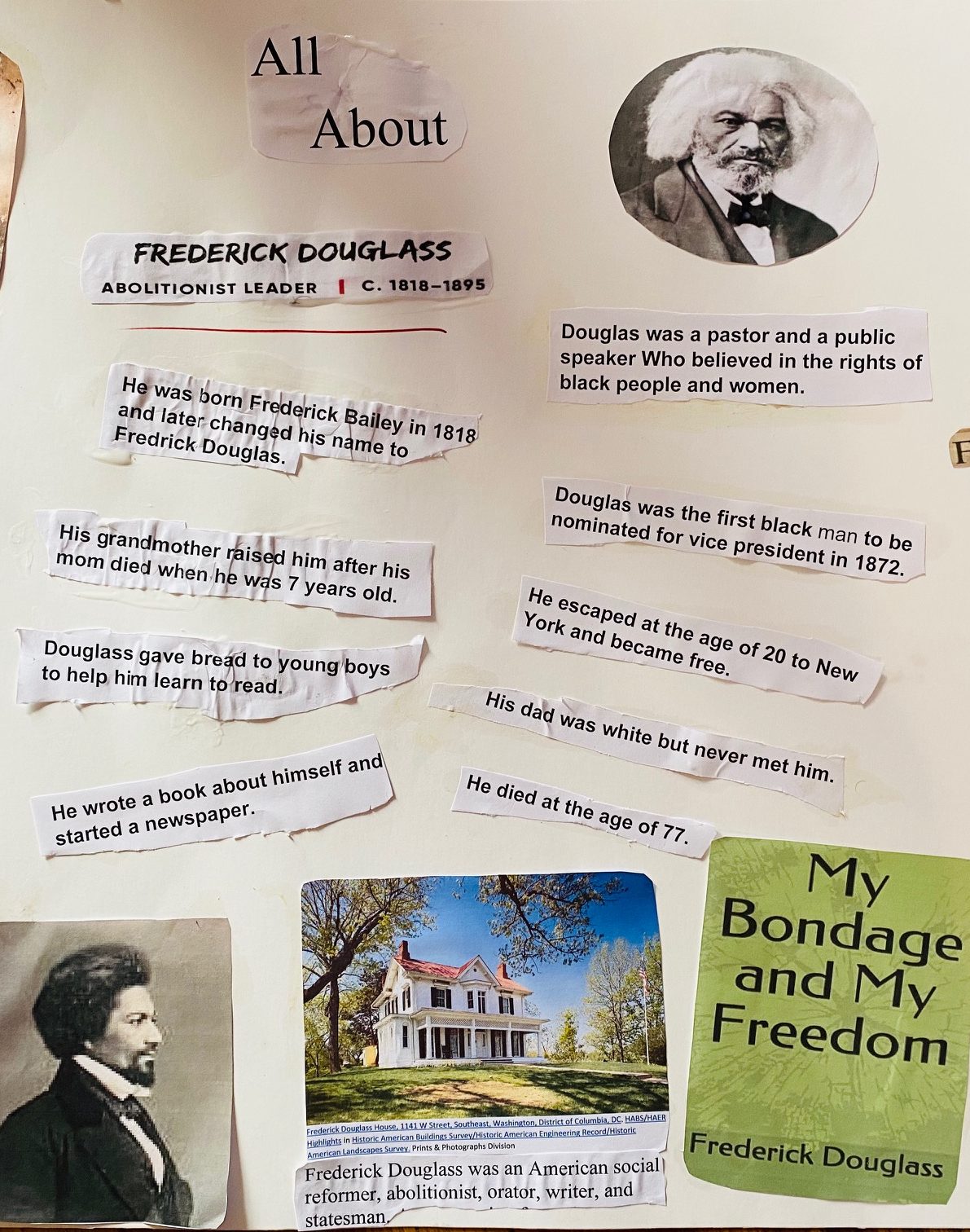History Events – A raised fist, known as the Power Fist, symbolizes solidarity and support. It has been used in fights against oppression “ related to gender, race, class, and ethnicity. It is also used as a salute to express unity, strength, defiance, or resistance. Its most widely known usage is by the Black Panther Party in the 1960s. This iconic symbol is an iconic marker of minorities fighting against oppression “ minorities of not only sexual orientation but also of gender, race, class, and ethnicity.
- On June 30th, 1917, the earliest known usage of the fist symbol in the illustration, ‘The Hand That Will Rule the World’ by Ralph Chaplin, Solidarity. The illustration depicts a group of workers joining their fists to create one giant fist during the World (I.W.W.).

- It was first depicted in Paris by Honor Daumier, inspired by the Revolution of 1848. The Revolution saw the overthrow of King Louis-Philippe’s monarchy. Daumier was moved by the intense passion of the people and used the raised fist as a symbol of their strength, determination and will to fight; he was in Paris during the time known as the Bloody June Days,
- The Industrial Workers of the World (IWW) used a raised fist as a logo in 1917. used by the Republican faction as a greeting and was known as the “Popular Front salute†or the “anti-fascist salute.
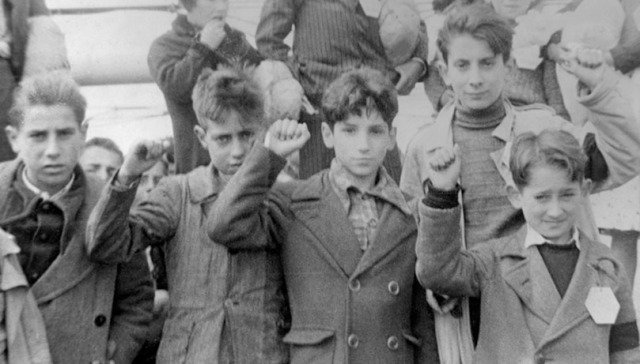
3. During the Spanish Civil War (1936-1939), Republican militias and international brigades used the raised fist to symbolize anti-fascism.
4. In 1948, the raised fist became popular as a graphic symbol by Taller de Gráfica Popular, a print shop in Mexico that used art to advance revolutionary social causes.
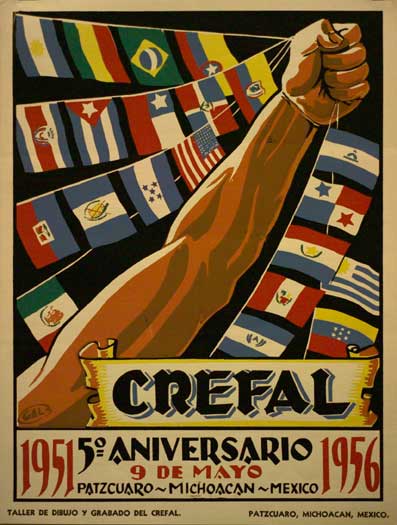
5. Frank Cieciorka, Artist and activist, produced a similar version in the U.S. for the Student Nonviolent Coordinating Committee. Students used this version for a Democratic Society and the Black Power movement.
6. The Black Power fist is the most widely known used by the Black Panther Party in the 1960s.
7. Black athletes Tommie Smith, and John Carlos, raised their fists during the 1968 Olympics protesting racism and injustice on the world stage.
“We had to be seen because we couldn’t be heard, – Tommie Smith
8. The Feminist Movement for gender equality used the fist in the 1968 Miss America Protest of “The Degrading Mindless-Boob-Girlie Symbol.” It quickly spread to become the women’s liberation trademark. The feminist movement also used this gesture during
9. The pride march activist movement that claims space for a community and creates
visibility for the otherwise unnoticed. According to TriPride, The flag represents queer people of color (QPOC) and how the black and queer communities are woven together. The raised fist was added to the six-striped flag and included various shades of brown and a white stripe to represent the multiple colors of the “human rainbow.”
10. The most recent use of the raised fist is from the Black Lives Matter movement, which emerged in response to the disproportionate police brutality experienced by black people.
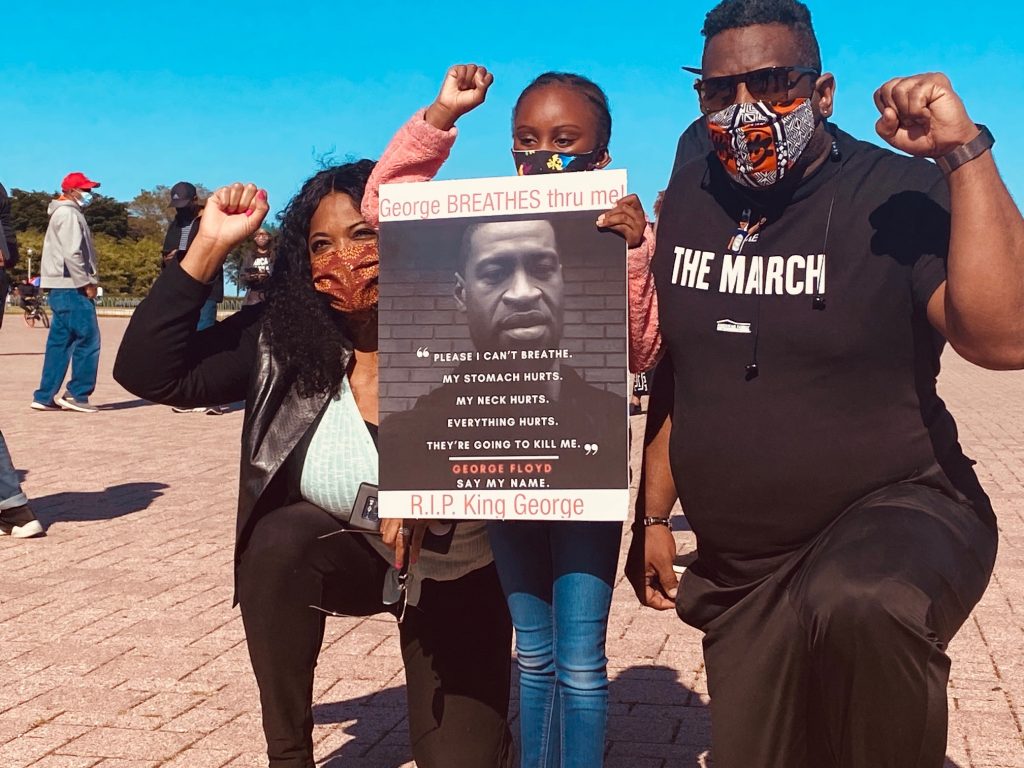
Work Cited History
The raised fist, or the clenched fist, symbolizes¦. https://www.deafvideo.tv/94855726293
Raised fist – Wikipedia. https://en.wikipedia.org/wiki/Raised_fist
A Brief History of the Raised Fist – The Black Sheep Agency. https://theblacksheepagency.com/blog/a-brief-history-of-the-raised-fist
A 20th-Century History of the Raised Fist as a Changing …. https://brewminate.com/a-20th-century-history-of-the-raised-fist-as-a-changing-and-cross-applicable-symbol/
NFL anthem protest: How fist salute became a symbol – BBC News. https://www.bbc.com/news/world-us-canada-37346890
Not Sorry Feminism: Feminism and Cultural Appropriation. https://www.notsorryfeminism.com/2014/11/feminism-and-cultural-appropriation.html


